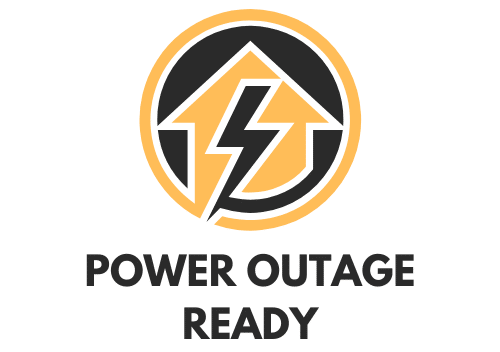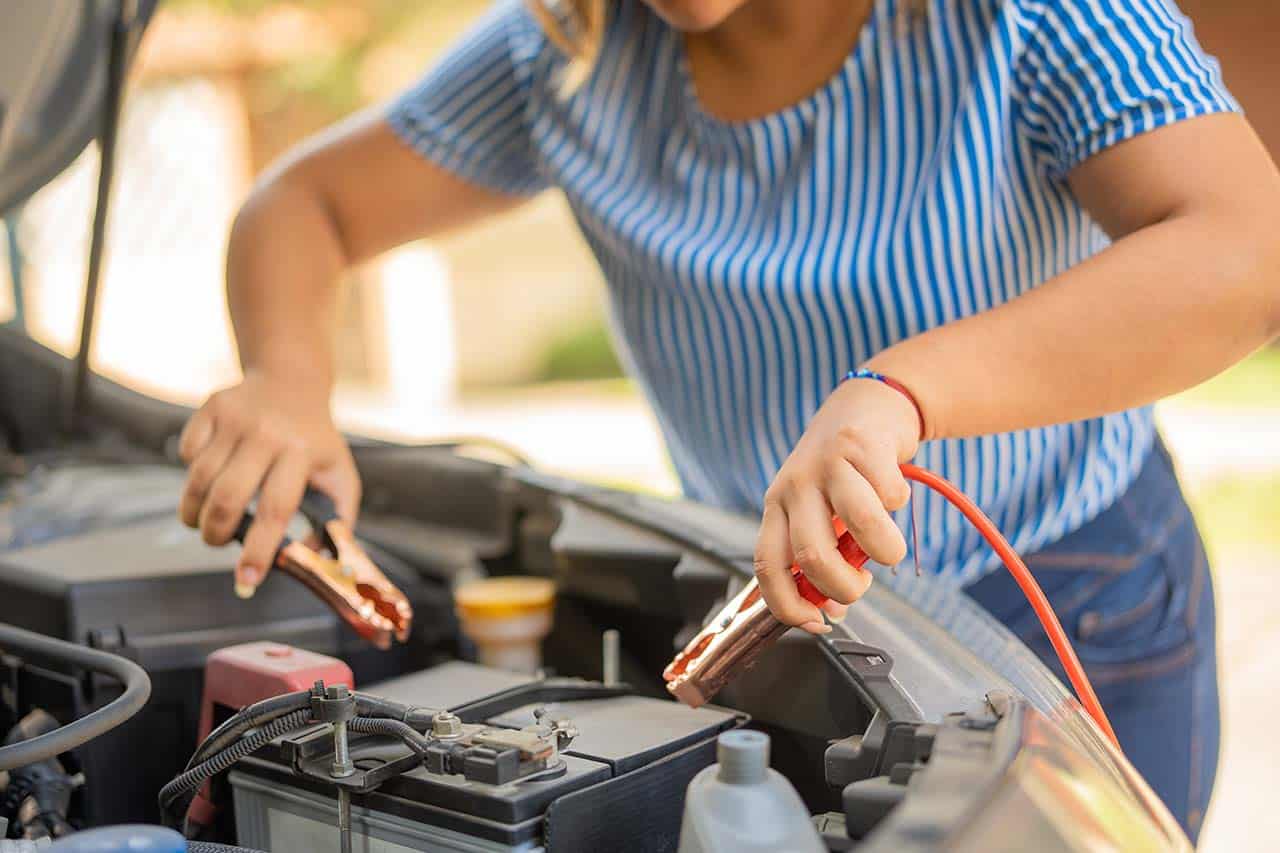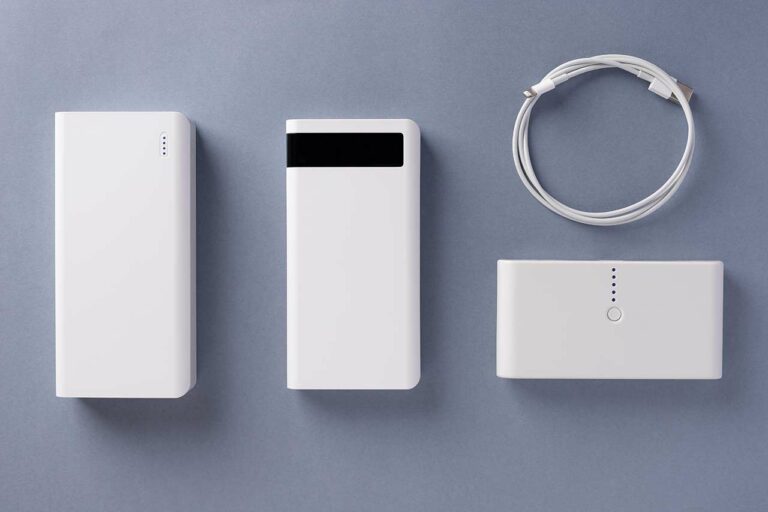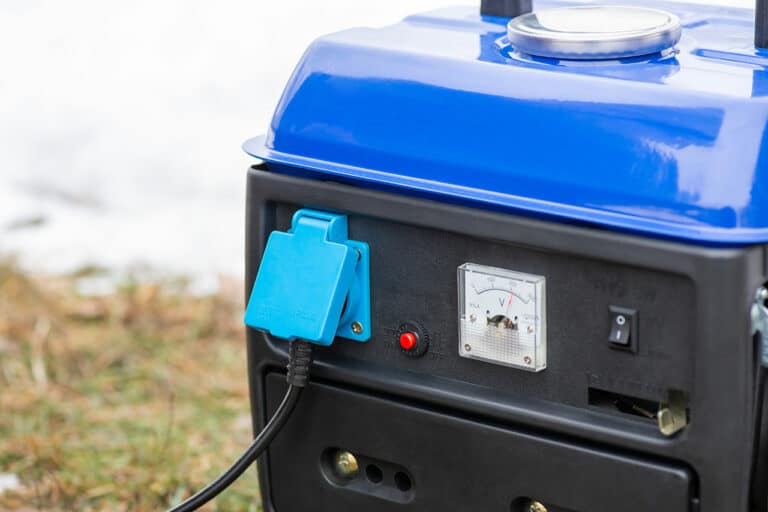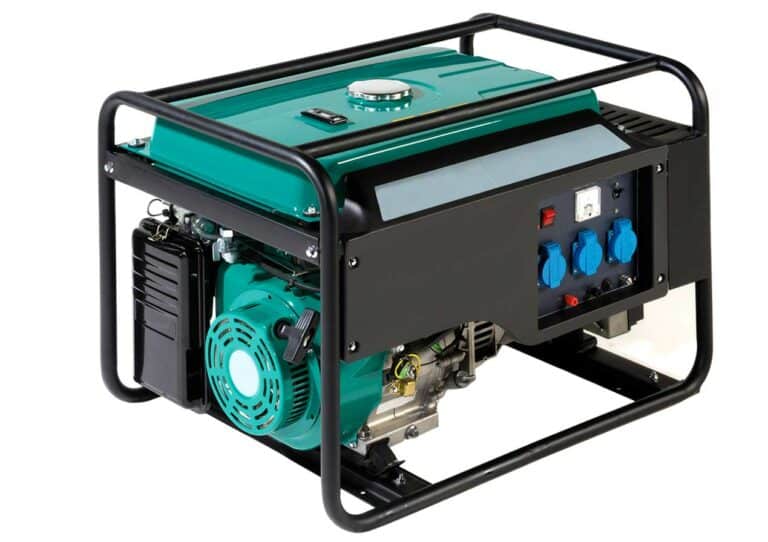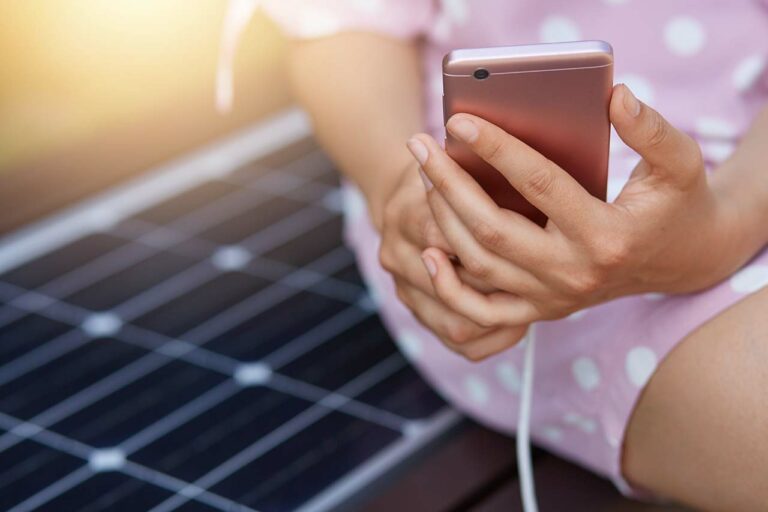How To Use A Car Battery For A Power Source (Explained)
When power outages hit, having a backup power source can be a real game-changer — one you’ve probably considered during your power outage prep. But one option you might not have considered is using your car battery as a temporary power supply for your home. While it’s not a long-term solution, and you shouldn’t use it as one, plugging up to your car’s battery can provide you with some essential temporary power during those unexpected outages.
Using Your Car Battery as an Emergency Power Source
To use your car battery for home power, the first thing you’ll need is a power inverter. This nifty little device converts your car battery’s DC power into AC power, which most appliances and other household electronics require. You can simply plug the inverter into your car’s 12-volt accessory socket if you’re using 150 watts or less. For appliances that need more power, you’ll have to connect the inverter directly to the car battery. Just be mindful not to exceed the inverter’s total rated watts.
If you don’t have a power inverter, you can still use your car battery for some basic needs during a power outage. You can charge your cell phone using the USB ports or a USB charger in your car. Your car is also a great place to charge emergency radios and other small gadgets.
Travel appliances designed for use in the car, such as ovens and mini fridges, can be plugged into your car to heat food or provide temporary cold storage.
Just remember, when using your car battery as an emergency power source, that car batteries have limited capacities, measured in amp-hours. An 80 amp-hour car battery can deliver 12 volts at 80 amps for one hour, or 8 amps for 10 hours. If you use devices that consume less power, your car battery can last longer. But, if you don’t drive between charges, you can also completely drain your car’s battery, so be cautious and use car power wisely during outages.
Advantages of a Using Car Battery as a Power Source
Car batteries can be lifesavers during power outages or emergencies. For most people, they are an immediately available source of power that can be added to their backup power supplies. And they’ve got some really big advantages.
First, car batteries provide off-grid power, making you less reliant on the grid during emergencies. By connecting an inverter, you can convert the 12V DC power from a car battery into usable 120V AC power for your essential appliances, be it lights or charging devices. You can even power major appliances for a brief time.
Another advantage of car batteries is that they are compatible with renewable energy sources such as solar energy and wind power. You can connect solar panels or a small wind turbine to your battery via charge controllers to recharge it when needed. Incorporating renewable energy helps reduce your reliance on fossil fuels, and it’s better for the environment (just make sure you don’t overcharge the battery).
The biggest advantage car batteries have in an emergency, though, is that, for many people, they are immediately available. Instead of having to buy another alternate power source, such as a generator, you can simply plug into your car’s stored power. Yes, you will have to buy an inverter, but those are considerably cheaper and smaller than generators. This makes incorporating car battery power into your power outage prep plan a good option if you’re on a budget or have limited space to store supplies.
Converting a Car Battery to a Power Source
Now that you have a generalized idea of how a car battery works to provide power at home, let’s get into the process of actually making your car battery function as back-up power in an emergency.
What You’ll Need
- Car Power Inverter: Pick an inverter that matches your device’s power consumption and voltage requirements. It should handle the device’s wattage and have the same output voltage (usually 120V or 240V AC).
- Battery clamps: If you’ll be connecting directly to the car battery, you’ll need these for connections.
- Extension cord: To stretch power from your car to into your home. You’ll need heavy-duty cords if you’ll be plugging in appliances.
How to Convert Car Battery Power to AC Power
- Connect the inverter to the battery. Plug in directly to the car’s 12-volt outlet for smaller items, like gadgets and small appliances. Or attach the inverter’s clamps to the car battery terminals: positive clamp to the positive terminal, and negative clamp to the negative terminal for more power.
- Powering devices: With the inverter turned OFF, plug power cords into the inverter’s outlet. Then turn the inverter ON.
- Monitor battery usage: Don’t forget that car batteries have a limited capacity, typically rated in amp-hours. Keep an eye on your device’s energy consumption to prevent draining the battery.
Safety Precautions for Direct Battery Connections
While plugging into your car’s battery from the 12-Volt outlet or the USB ports in your car requires no special consideration — it really is just a plug-and-go situation — connecting an inverter directly to your car’s battery does require special consideration and a few safety precautions.
To be safe while connecting a car inverter:
- Always wear protective gloves and goggles – car batteries contain sulfuric acid
- Make sure there’s proper ventilation – hydrogen gas can be emitted when the car runs
- Avoid short-circuiting– don’t let metal tools touch positive and negative terminals simultaneously
- Identify terminals correctly – positive (+) is usually red, and negative (-) black
Harnessing Car Power Responsibly
In times of unexpected power disruptions, every resource at our disposal becomes invaluable. A car battery, a staple in most households, emerges as a versatile and immediate solution, providing that much-needed boost to power essential devices.
As you explore the potential of your car battery as an emergency power source, always prioritize safety and be aware of its limitations. A car battery is not a long-term alternate power solution, but it can be a powerful one in a pinch.
